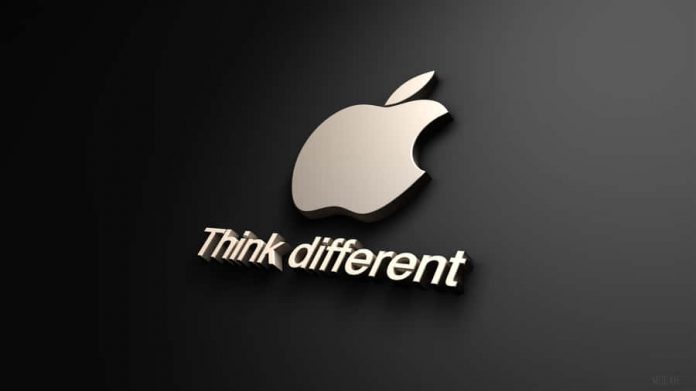When and how to move beyond performance marketing to brand strategy
Explore the paradox of performance marketing and uncover the importance of evolving toward brand storytelling and relationship-building.
Performance marketing is a crucial tool for growing brands, but over-reliance can backfire as competition intensifies. To build a sustainable business, companies should evolve their strategy by leveraging user data to refine positioning and extend their brand identity across channels.
Learn how gradually shifting focus toward brand storytelling and relationship-building can lead to increased loyalty and organic growth over the long term.
The allure of performance marketing
Performance marketing is often the unsung hero in the early stages of a brand’s life. It’s the front line, the data gatherer, the crucial lever businesses use to find their audience and understand customer behavior.
The ability to drive traffic and capture data enables brands to analyze the aspects of their strategy work and, more importantly, which do not. This is the foundation upon which a sustainable brand strategy can be built.
Launching performance marketing campaigns through Google’s Performance Max or other avenues is straightforward and initially budget-friendly. As a result, brands can quickly become enamored with the process, escalating their spend as their business expands.
Yet, herein lies a paradox: Companies that lean too heavily on performance marketing without a broader strategy may not reap the rewards of scaling.
The auction-based nature of many performance marketing platforms means that as competition intensifies, so do the costs of acquiring new customers. This can lead to a business becoming less profitable as it grows, contrary to the traditional expectations of brand and business expansion
Leveraging data for deeper insights
The path forward requires starting earlier than you might feel comfortable. It involves integrating insights from user data, supplier interactions and product performance into a cohesive brand strategy.
This strategy should refine a company’s positioning and messaging and extend across various channels — from paid search to social media, email, SMS, customer service interactions, content creation, podcasts and real-life activations.
The transition away from a deep-rooted reliance on performance marketing is nerve-racking. However, leveraging interaction data you’ve acquired enables you to:
Identify the customer segments you serve best.
Pinpoint your most valuable and easily captured customers.
Test which messages, products and services resonate most with your ideal customer profiles.
The shift toward brand storytelling, personality and relationship-building should be gradual yet strategic. After heavily relying on performance marketing, brands will find that moving up the funnel and building relationships with their audience earlier leads to a more favorable balance between paid and organic revenue in the long run. Ultimately, this approach enhances the effectiveness of your performance marketing efforts.
Blending precision and patience
As a company grows and matures, it will inevitably face increased competition and more aggressive market entrants. These competitors may be more innovative, more aggressive or more willing to sacrifice margins for customer acquisition. Targeting customers already in the market for a product or service can be the most expensive and least efficient approach.
While branding campaigns may face skepticism due to perceived inefficiency or low attributable ROI in the short term, their value lies beyond immediate conversion metrics. Building a brand is about embracing a long-term vision, where immediate gratification and quantifiable results are balanced with establishing a lasting market presence.
The challenge for modern business leaders and marketers today is to blend the old with the new — to use the precision and data-driven insights of performance marketing to forge a brand that stands out and the test of time.
































